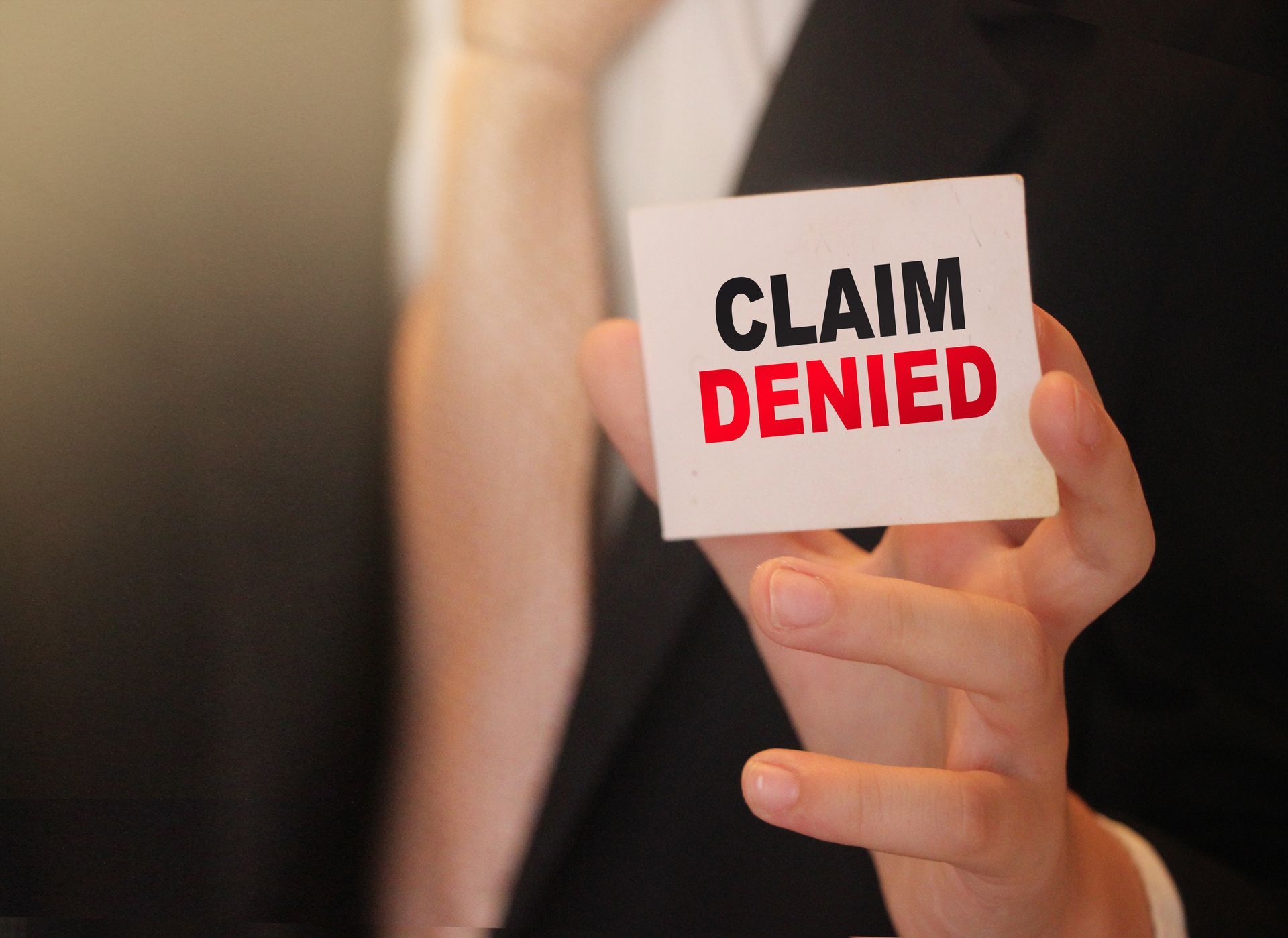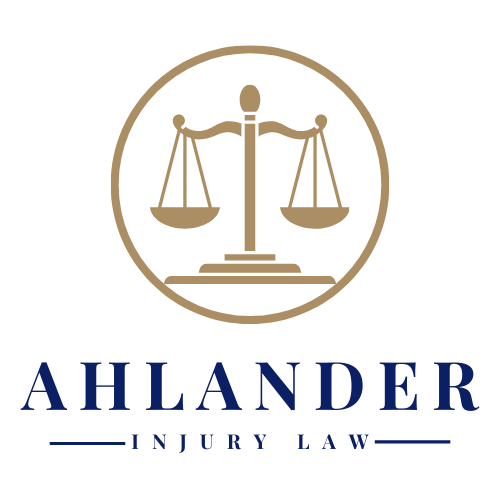Car Accident Guide: Documenting Damages for Successful Claims
A car accident can be a traumatic and disorienting experience, but knowing how to document damages effectively is crucial for navigating the claims process successfully. Just as every detail matters in piecing together the event, so does each step in documenting the aftermath to ensure a valid and comprehensive claim. This guide walks through the various forms of evidence and documentation that will support a car accident claim, positioning claimants for a fair and timely recovery.
Immediate Action at the Scene
The moments following a car accident are pivotal in the documentation process. Ensuring safety is the first priority; once that's established, gathering evidence at the scene sets the foundation for a successful claim. Snap photographs from different angles, capturing the damages to all vehicles involved, skid marks, road conditions, traffic signs, and injuries sustained. Gathering contact information from witnesses and the other driver(s) involved, including their insurance details, also forms a critical part of the immediate documentation.
Official Documentation: Police Reports and DMV Records
Filing a police report provides an official account of the accident, which can be influential when dealing with insurance companies. Even in minor collisions, a police report can offer an unbiased perspective on the event. In many states, reporting to the Department of Motor Vehicles (DMV) is required by law, and their records can serve as additional evidence for the claim.
Comprehensive Photographic Evidence
Beyond the initial photos taken at the scene, comprehensive photographic evidence can include pictures of the surrounding area, weather conditions at the time of the accident, and any personal belongings damaged as a result of the accident. If injuries are involved, photographs of bruises, cuts, or other visible signs should be taken immediately and over the subsequent days as injuries evolve.
Medical Documentation and Records
Seeking medical attention, even when injuries seem minor, creates a documented link between the accident and any physical harm suffered. Detailed medical records and receipts for all treatments, tests, and medications should be kept. These records should include the dates of service, the services provided, and the healthcare provider's details.
Receipts and Quotes for Vehicle Repairs
Retaining all receipts and quotes related to vehicle repairs is essential. This includes not only the actual repairs but also any towing costs, rental car expenses, and other transportation fees incurred as a result of the accident. It is advisable to obtain quotes from multiple reputable auto repair shops to provide a range of estimates for the damage.
Employment and Income Documentation
If injuries from the accident lead to missed work, documentation of lost wages is vital. This can include pay stubs, employment letters, or any other records that validate the income lost during the recovery period. For self-employed individuals or those working in non-traditional roles, financial statements or invoices can serve as evidence of lost earning potential.
Journal of Damages and Impact
Maintaining a personal journal detailing the aftermath of the accident can offer insights into the daily impact of the injuries and damages. Daily entries describing pain levels, mobility issues, emotional distress, or ways in which the injuries have impacted regular activities can provide a comprehensive view of the damages sustained.
Expert Testimonials
In certain cases, expert testimonials can strengthen a claim by offering professional perspectives on the accident's impact or the extent of injuries. These experts could include medical professionals, accident reconstruction specialists, or economic loss experts who can testify to the future financial impact of sustained injuries or disabilities.
Legal Documentation
When legal assistance is sought, the attorney will generate documentation throughout the claims process. This includes correspondence with insurance companies, filed motions, and discovery documents which should all be kept organized and accessible.
Insurance Policy Documents
Understanding the nuances of the affected insurance policies is crucial. Claimants should keep a copy of their own insurance policy, as well as any policies held by other involved parties. This documentation helps in defining coverage limits, deductibles, and the types of damages the policy will encompass.
Documentation of Correspondence
Keep a record of all correspondence related to the accident, including emails, letters, and phone calls with insurance representatives, healthcare providers, and legal counsel. Notes on what was discussed, with whom, and when the conversation took place will maintain an organized timeline of events and interactions.
Accurate and thorough documentation following a car accident is the bedrock of a successful claim. By taking immediate and detailed action to record the event, gathering and maintaining all relevant records, and understanding the role of different pieces of evidence, claimants can build a comprehensive case. This preparation and attention to detail will not only fortify a claim but also provide clarity and direction in the often complex journey towards financial recovery after a car accident. With the correct tools and information at their disposal, individuals can approach the claims process confidently, supported by a solid collection of evidence to back their pursuit of rightful compensation.
If you've experienced a car accident and are navigating the complexities of documenting your claim, our team is here to help. Our experts specialize in maximizing your compensation and guiding you through every step of the process. Don't navigate this journey alone. Contact us to see how we can support you today.





